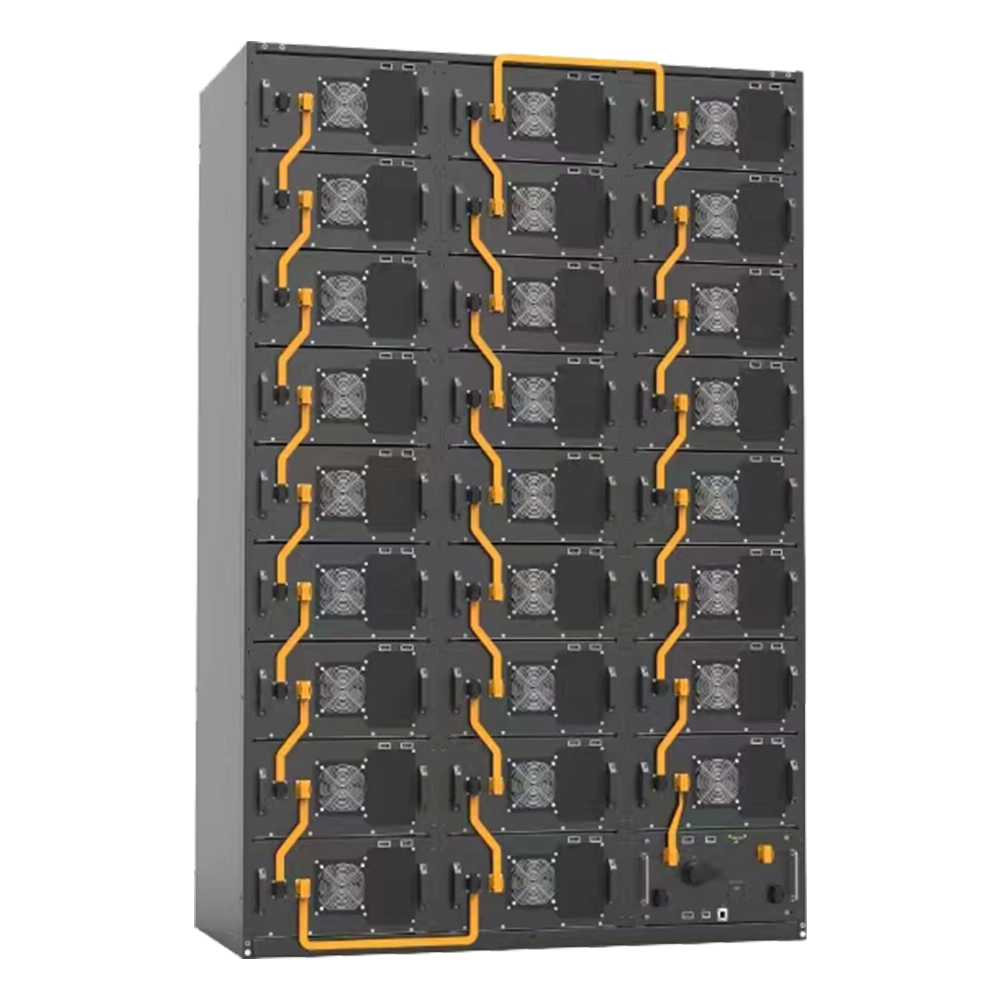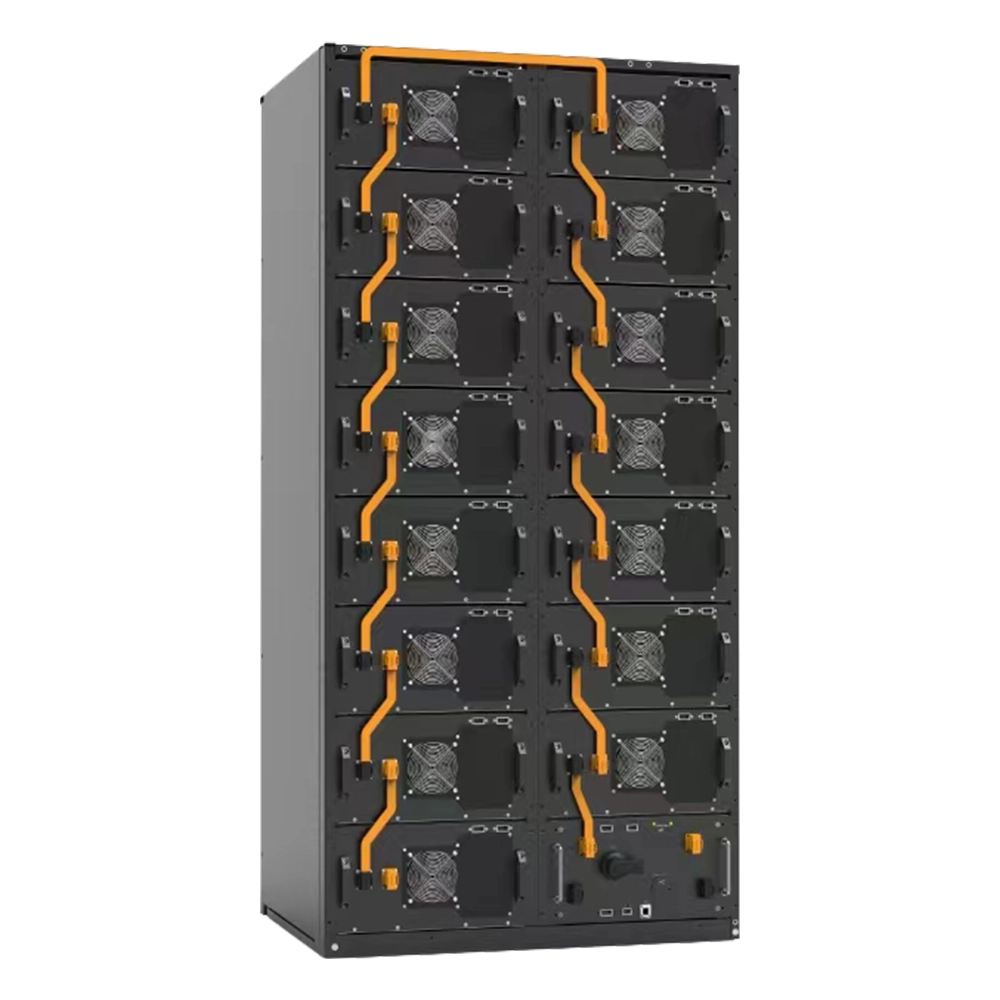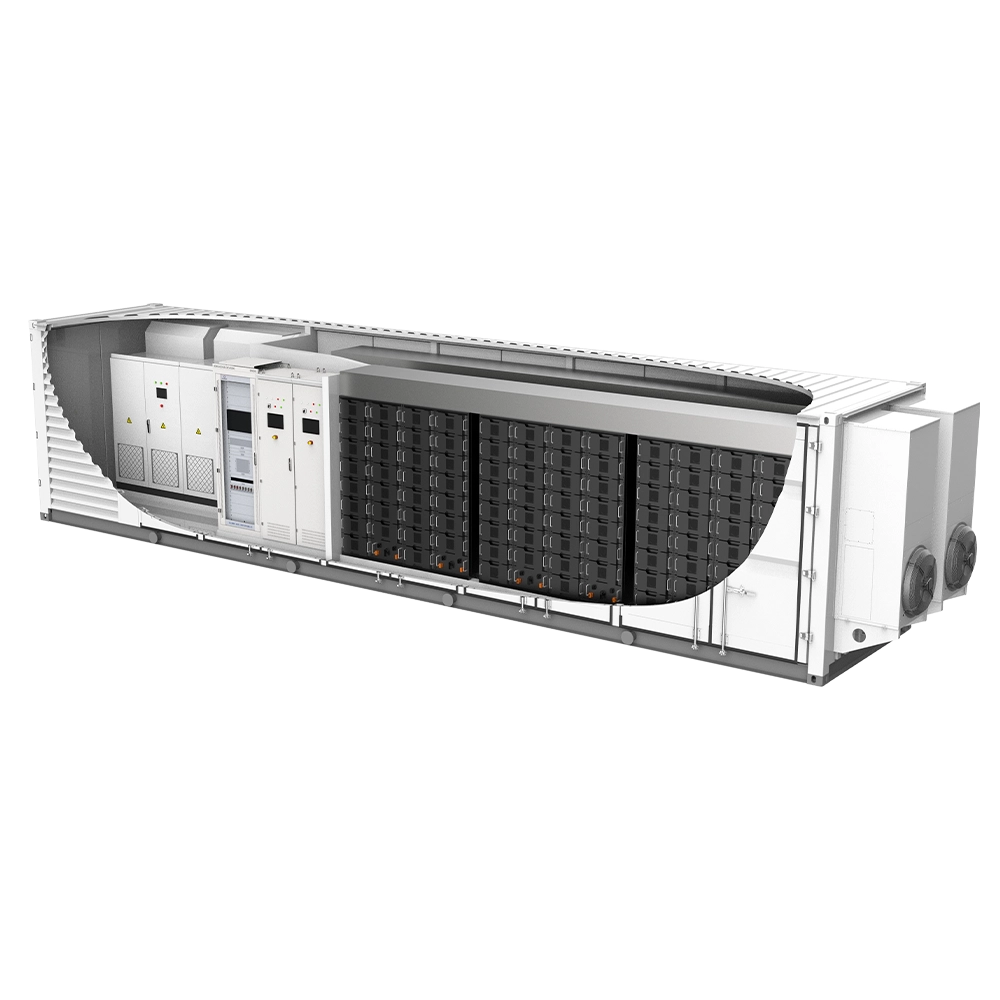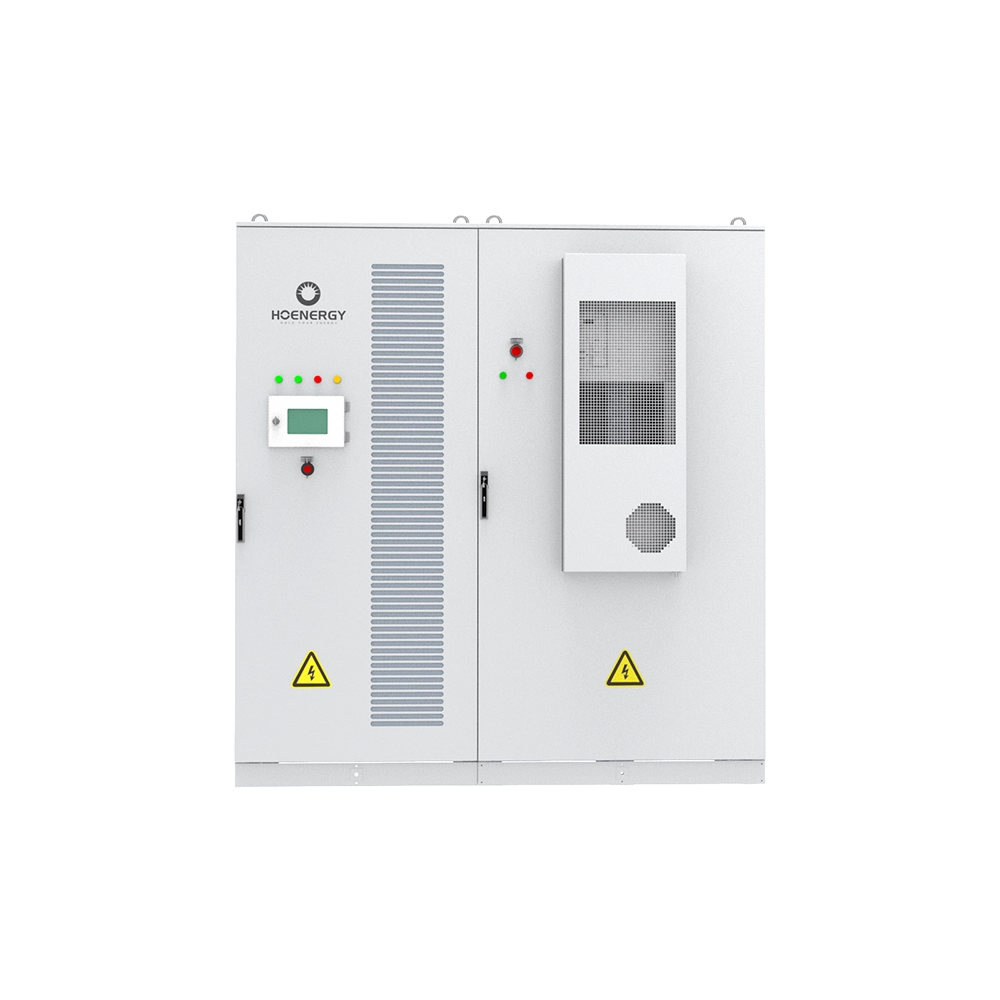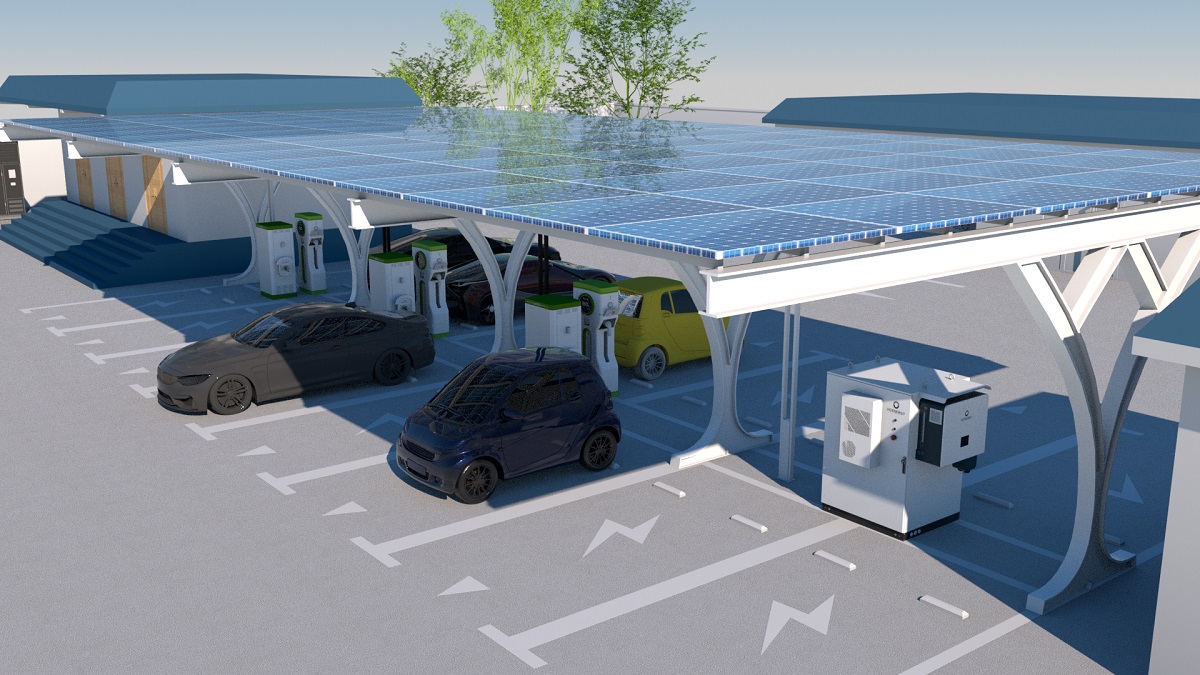Baterías de bajo voltaje: fuentes de energía auxiliares para los coches modernos
El intrincado sistema electrónico de los coches contemporáneos depende en gran medida de baterías de bajo voltaje. Son el núcleo energético que sustenta el funcionamiento continuo de los sistemas auxiliares de a bordo, además de ser la primera fuente de energía cuando el coche arranca. A medida que la tecnología automovilística ha ido avanzando continuamente, desde los motores de combustión interna convencionales hasta los coches híbridos y eléctricos contemporáneos, las baterías de bajo voltaje han ido adquiriendo mayor importancia. Aquí se presenta una investigación de la función de las baterías de bajo voltaje en los sistemas auxiliares de energía a bordo. Conoceremos a fondo la función vital que estas pequeñas pero potentes fuentes de energía desempeñan en el mundo de las ruedas.
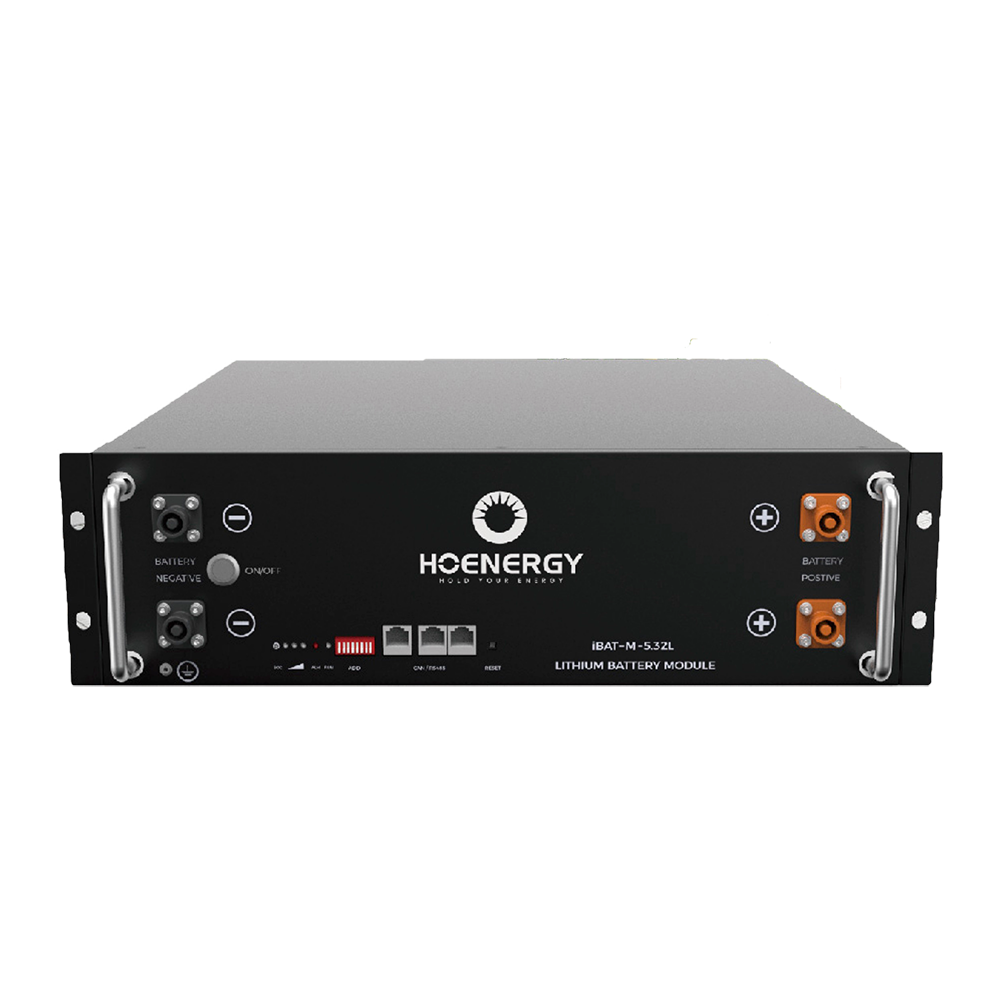
Baterías de coche Su función crucial
Su función principal es proporcionar la energía que necesitan el motor de arranque, el sistema de encendido y el equipo eléctrico del vehículo cuando el motor está arrancado o funciona a baja velocidad, ya que el generador del automóvil no produce electricidad o la tensión es extremadamente baja.
Durante el funcionamiento normal del motor, el generador carga la batería y alimenta el sistema eléctrico del coche. Juntos, la batería y el generador suministran energía a los equipos eléctricos del coche cuando el consumo de estos últimos es demasiado elevado y supera la capacidad de alimentación del generador.
Al mismo tiempo, la batería funciona como un condensador de gran capacidad que protege los equipos eléctricos del automóvil de la alta tensión repentina que se produce en el circuito.
Una parte vital de un automóvil es su batería. El arranque normal del coche se ve obstaculizado por una batería muerta.
La batería puede almacenar y suministrar electricidad al coche. Por esta razón, la batería recibió su apodo. Los procesos de descarga y carga de la batería se corresponden con el suministro y almacenamiento de energía. Una fuente de alimentación de CC es la batería.
Fuentes de alimentación de aparatos eléctricos de bajo voltaje: Para el mando a distancia de llaves, luces, limpiaparabrisas y otros aparatos eléctricos accesorios de bajo voltaje, las fuentes de alimentación de los coches eléctricos puros sirven para lo mismo que las de los vehículos de gasolina convencionales.
La mayoría de los coches de nueva generación también utilizan baterías de plomo-ácido para sus sistemas eléctricos de 12 V por su fiabilidad, disponibilidad y mínima peligrosidad.
La batería de alimentación puede seguir alimentando accesorios de bajo voltaje, como abrir la puerta, desbloquear el EPB y empujar el vehículo a la cámara caliente, incluso en condiciones de congelación como la calibración de Heihe. Una batería descargada impide que el coche arranque.
Apagar la alta tensión es la función habitual de la batería de baja tensión. Despertar la batería de alto voltaje. La batería de bajo voltaje es la primera en activar el controlador del vehículo VCU. El controlador del vehículo VCU solicita al sistema de gestión de la batería BMS que active la alta tensión cuando se cumplen los requisitos de alta tensión.
Además, el modo centinela y la posibilidad de despertarse a distancia son características de los coches eléctricos actuales. Muchos elementos eléctricos siguen funcionando incluso con el coche parado.
Sin una batería de bajo voltaje, existen peligros en caso de que la línea u otros accesorios de alto voltaje funcionen mal y se detecte un alto voltaje forzado. Además, un estado prolongado de alta tensión del coche provocaría un consumo de energía muy elevado.
Cualidades de las baterías de bajo voltaje Seguridad
Seguridad contra sobrecarga
Detener la sobrecarga Un circuito de protección contra la sobrecarga incluido en la batería de bajo voltaje evita que ésta se dañe o provoque incidentes de seguridad por sobrecarga.
Seguridad contra sobredescarga
Evita las descargas profundas Para evitar que la batería se sobrecargue y prolongar su vida útil, el sistema de gestión de baterías (BMS) controla su tensión.
Control de cortocircuitos
Desconexión del circuito El circuito de protección interrumpe la corriente cuando detecta un cortocircuito para salvar la batería y el sistema eléctrico.
Control del sobrecalentamiento
Control de la temperatura Para evitar los riesgos de seguridad provocados por el sobrecalentamiento, el sistema de baterías incluye un sensor de temperatura integrado.
Modelo de carcasa de la batería
Material de la carcasa de la batería Fabricada en material ignífugo, puede contener el fuego incluso a temperaturas muy elevadas.
Protección contra fugas de electrolitos
Estructura sellada Para reducir la posibilidad de corrosión y contaminación ambiental, así como para detener las fugas de electrolito, la batería tiene un diseño de estructura sellada.
Compatibilidad electrónica
Menos interferencias El sistema de batería de bajo voltaje se ha diseñado teniendo en cuenta la compatibilidad electromagnética para reducir las interferencias con otros dispositivos eléctricos del coche.
Seguridad vial
Para reducir los daños en caso de colisión, la batería está protegida y colocada en un lugar seguro dentro del vehículo.
Diagnóstico experto
El sistema inteligente de gestión de la batería ofrece funciones de control y diagnóstico en tiempo real para identificar y resolver cualquier problema lo antes posible.

Un nuevo capítulo de la energía
Una pieza clave de los coches de nueva energía, baterías de bajo voltaje garantizan su funcionamiento, seguridad y comodidad para el conductor. Las baterías de bajo voltaje, resistentes y fiables, son igual de importantes, aunque los sistemas de propulsión de alto voltaje reciban la mayor parte de la atención. La eficiencia, la economía y la integración de las baterías de bajo voltaje no harán sino crecer a medida que se desarrolle la tecnología, lo que mejorará aún más el atractivo y la practicidad de los NEV. Las baterías de bajo voltaje en los NEV tienen un futuro prometedor siempre que puedan superar los obstáculos actuales y utilizar las nuevas tecnologías para ayudar a construir un entorno automovilístico sostenible y eficiente.





